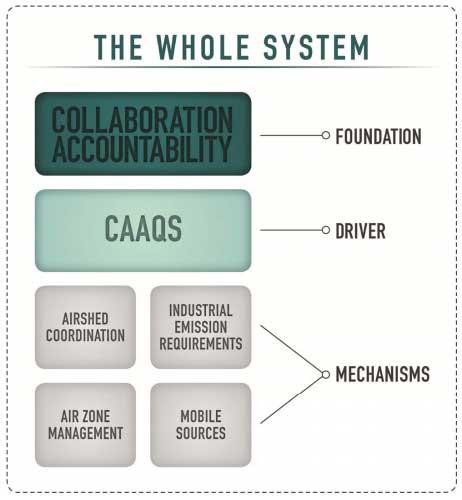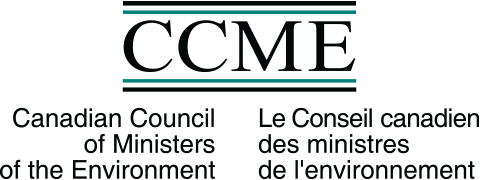Air
Air pollutants have the potential to impact environment and human health both locally and across political and geographic boundaries.
Governments across Canada pursue active programs on air issues both individually and collectively. In 2012 ministers of the environment, with the exception of Québec, agreed to implement an Air Quality Management System (AQMS). Although Québec supports the general objectives of AQMS, it will not implement the System since it includes federal industrial emission requirements that duplicate Québec's Clean Air Regulation. However, Québec is collaborating with jurisdictions on developing other elements of the system, notably air zones and airsheds.
AQMS provides a comprehensive approach for improving air quality in Canada and identifies the roles and responsibilities of federal, provincial and territorial governments in the implementation of the system. AQMS consists of several interrelated elements. More information on these elements and updated reports on Canada's air quality can be found in the state of the air report: Canada's Air.

Current work includes:
- reviewing CAAQS for particulate matter (PM2.5)
- developing guidance for achievement determination for CAAQS for (PM2.5)
Stakeholder Engagement
One of the key elements of the Air Quality Management System (AQMS) is the involvement of stakeholders in both the development of the system, and review of its implementation. AQMS is built on a foundation of collaboration, accountability and transparency, and broad stakeholder involvement continues to be a cornerstone of the System.
Stakeholders will be engaged in the development of various elements of the System, including future Canadian Ambient Air Quality Standards (CAAQS), Base-level Industrial Emissions Requirements (BLIERs) and mobile sources actions. Provinces and territories will consult with their publics as they deem appropriate in delineating and managing their air zones.
